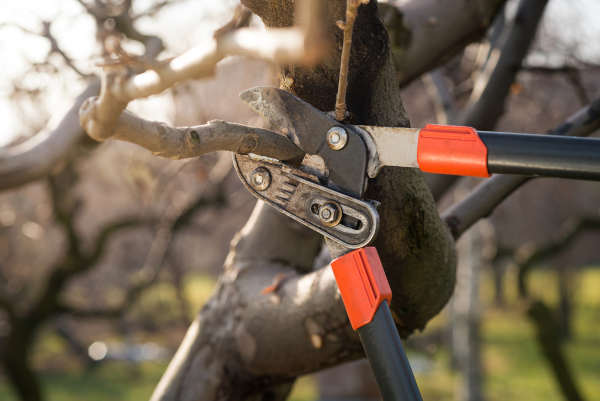Simple Picking and How to Use Pruners Guide

For new and seasoned gardeners alike, pruners can seem kind of mysterious. All those springs, catches, and fancy handles can make choosing the right pair seem intimidating.
But having quality pruners that fit your needs is crucial for keeping shrubs shapely, trees healthy, vines flowing, and roses robust.
So let’s lift explore what they have to offer!
Types of Pruner
When it comes to pruners, the key difference comes down to two main styles that determine the type of cut they make:
Bypass Pruners
These feature curved blades that slice past each other like scissors. This clean slicing action prevents tearing or crushing of tender plant tissues.
Bypass pruners excel at detail work like neatly trimming flowers, light stems, or shaping ornamental plants. They provide the gentle finesse needed for living growth.
Anvil Pruners
An anvil blade presses directly against a flat counterpart, mashing material in a hammer-like impact. The intense pressure severs thick, dead branches up to 5/8 inches thick.
Brawny anvil styles work well removing damaged limbs from trees, clearing away spent growth, or harvesting fruits and veggies by the handful. But avoid using them on delicate live stems or floral blooms.
Pruner Pro Tips
With the right pair suited to your purposes and proper care, quality pruners should provide years of flawless function. Follow these pro pointers and they’ll help your garden continue thriving beautifully:
1. Know When to Use Them
For young or fragile growth, pruning hands work better than blades. Gently pinch or twist away excess bits with your fingers to shape plants without damage.
2. Oil Those Joints
Every few months, lubricate the pivot points on pruner handles with light oil or silicone spray. This prevents sticky resistance or corrosion that impairs smooth cutting.
3. Sterilize After Disease Exposure
If pruning plants showing signs of blight, canker, or mildew, dip tools for 10 minutes in rubbing alcohol after cleaning. This prevents spreading issues to healthy areas.
4. Sharpen Dull Blades
Use a whetstone or file specially made for garden tools to refresh the edges on worn pruner blades. Ask a nursery associate to demonstrate proper technique so you get the bevel angle right.
